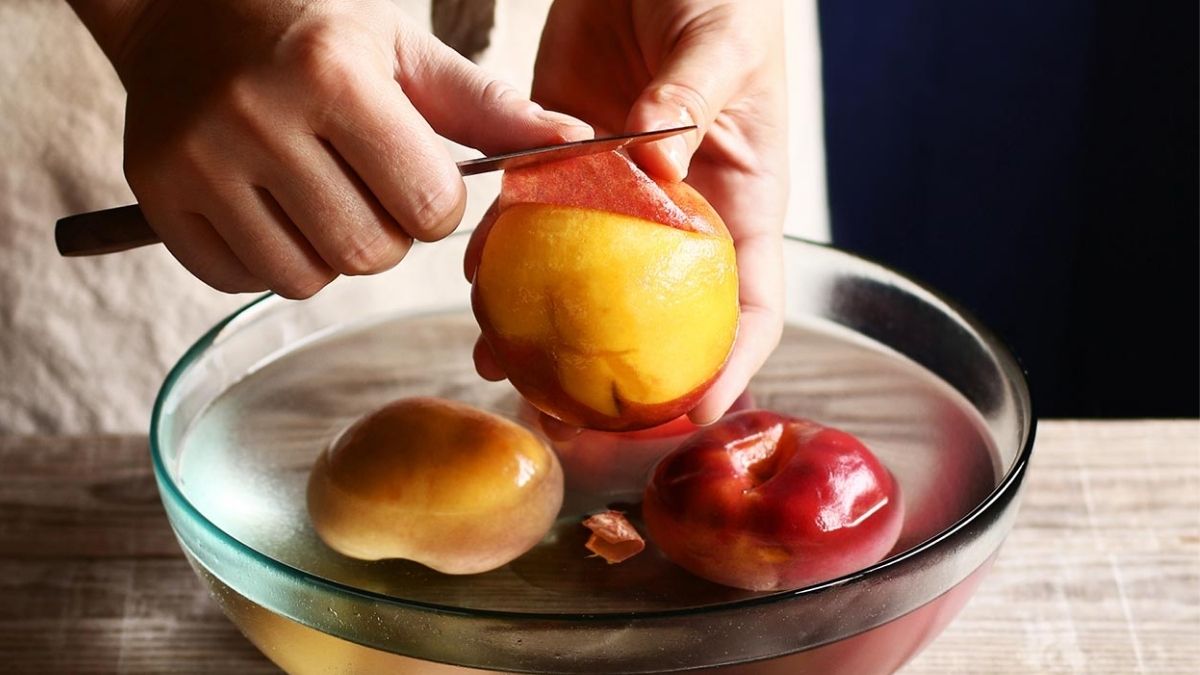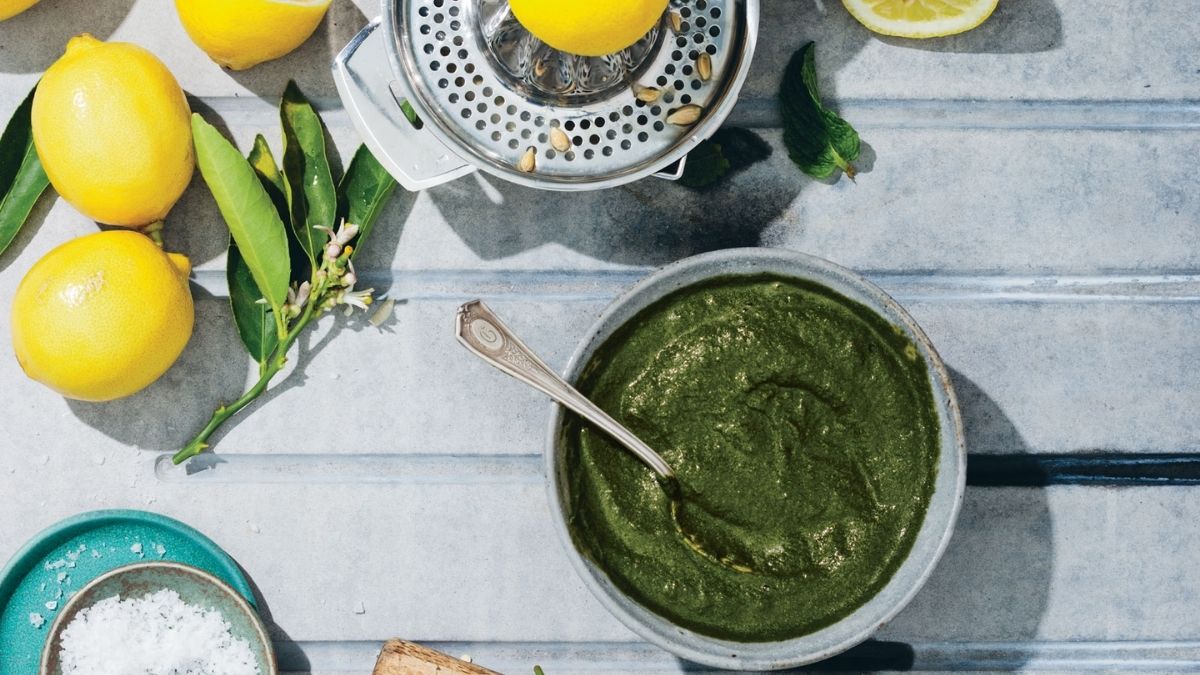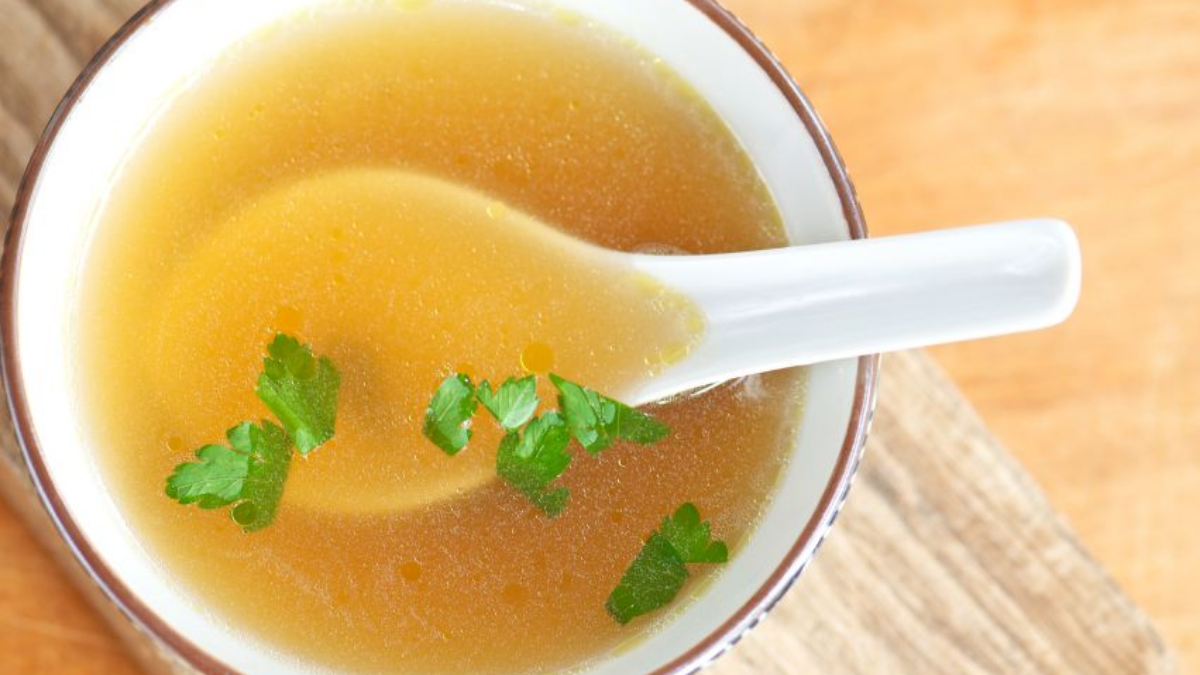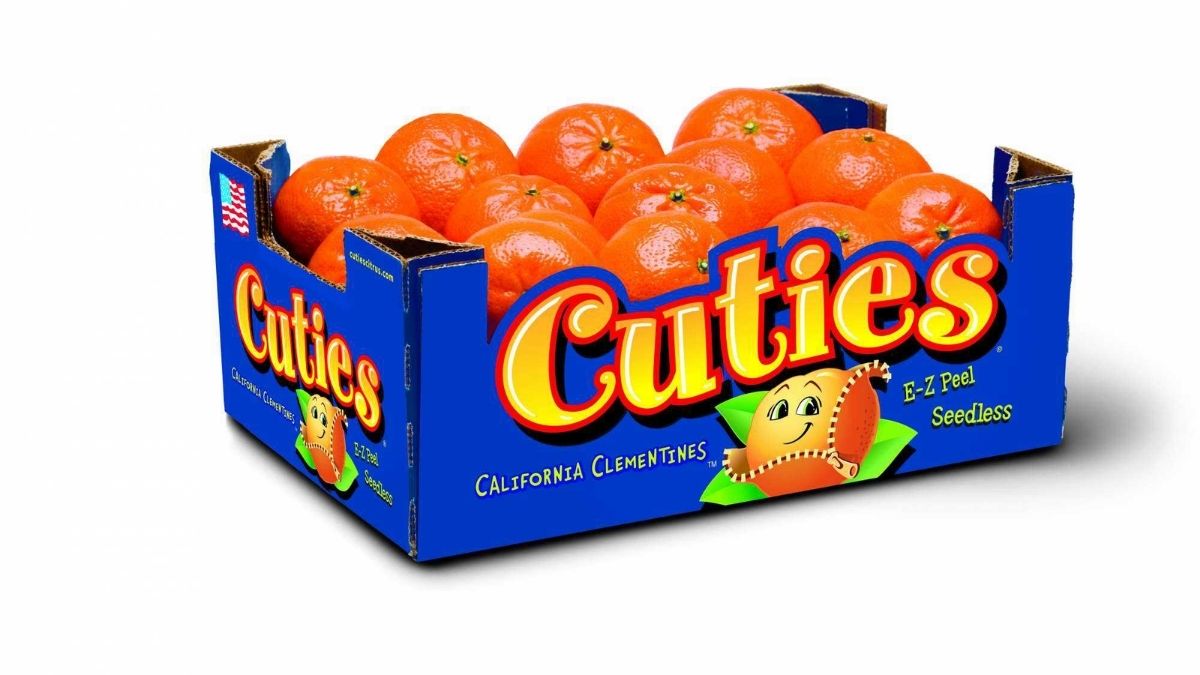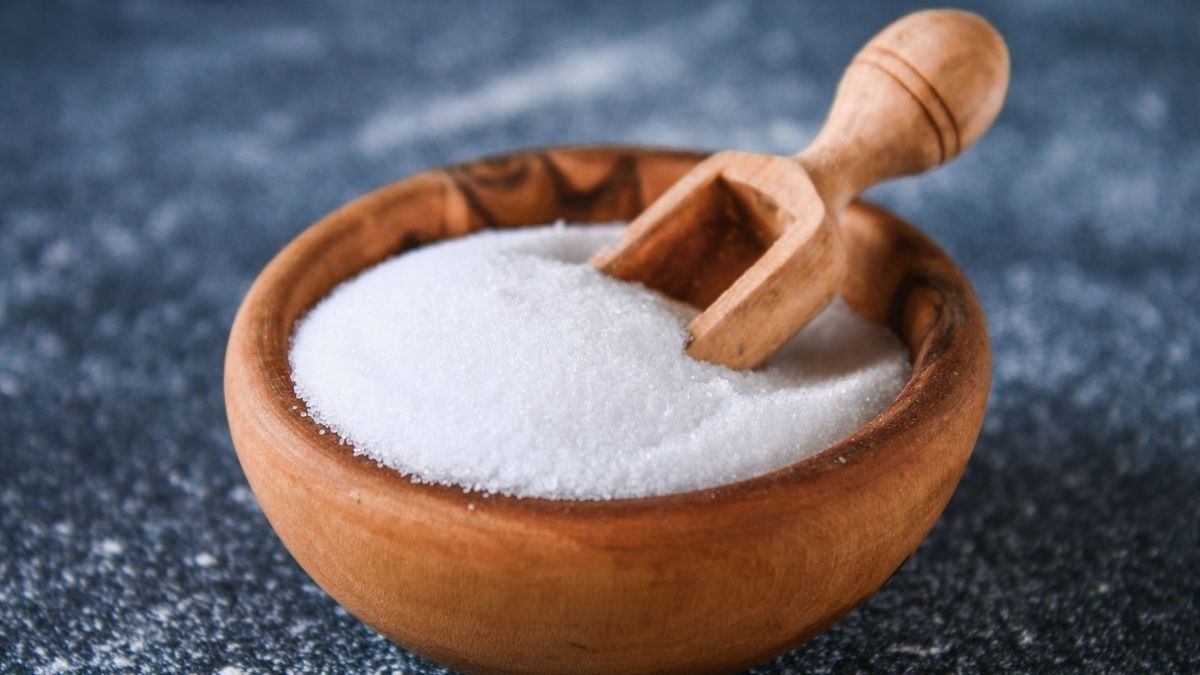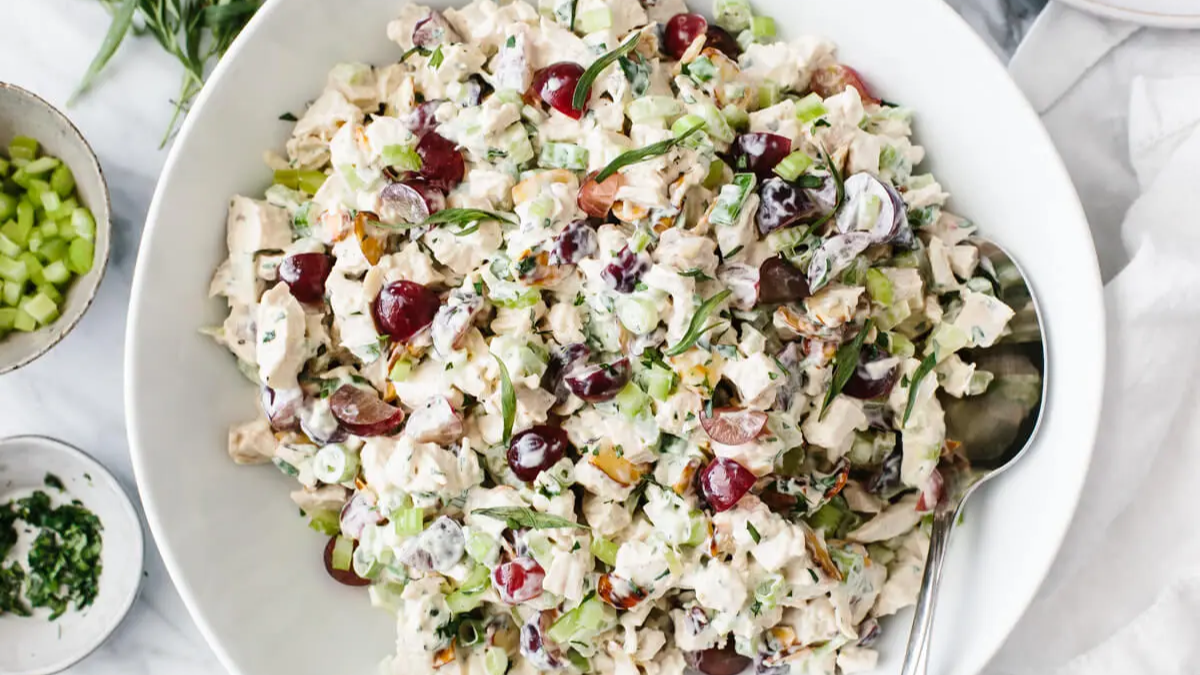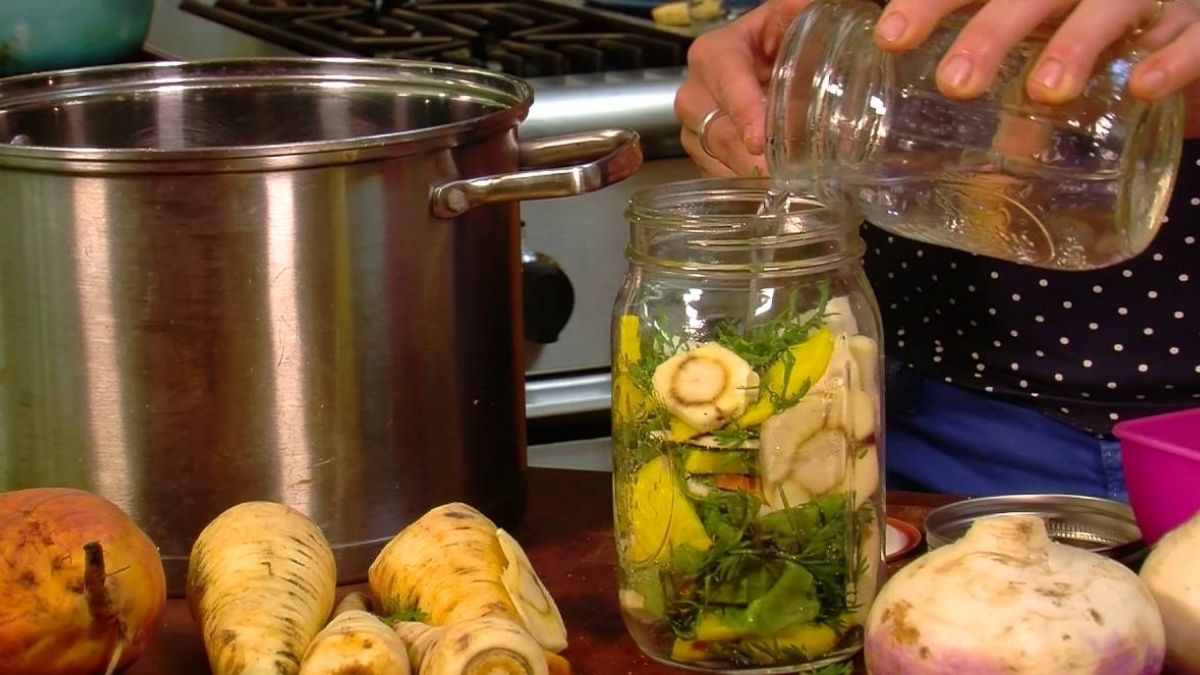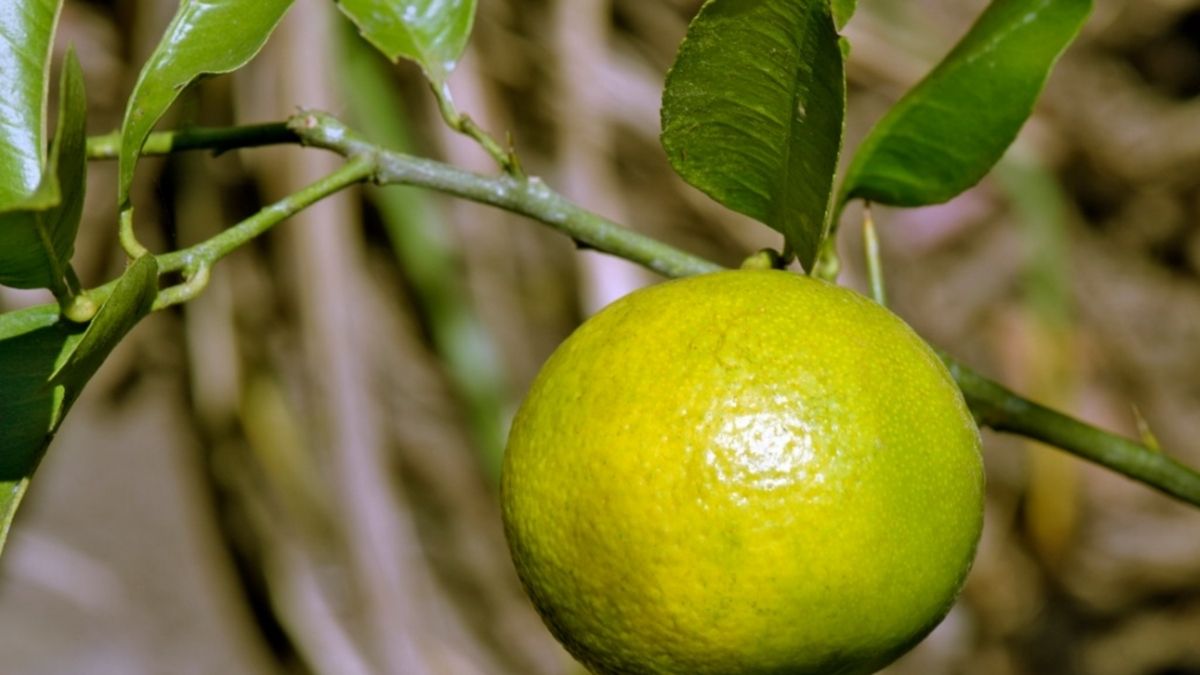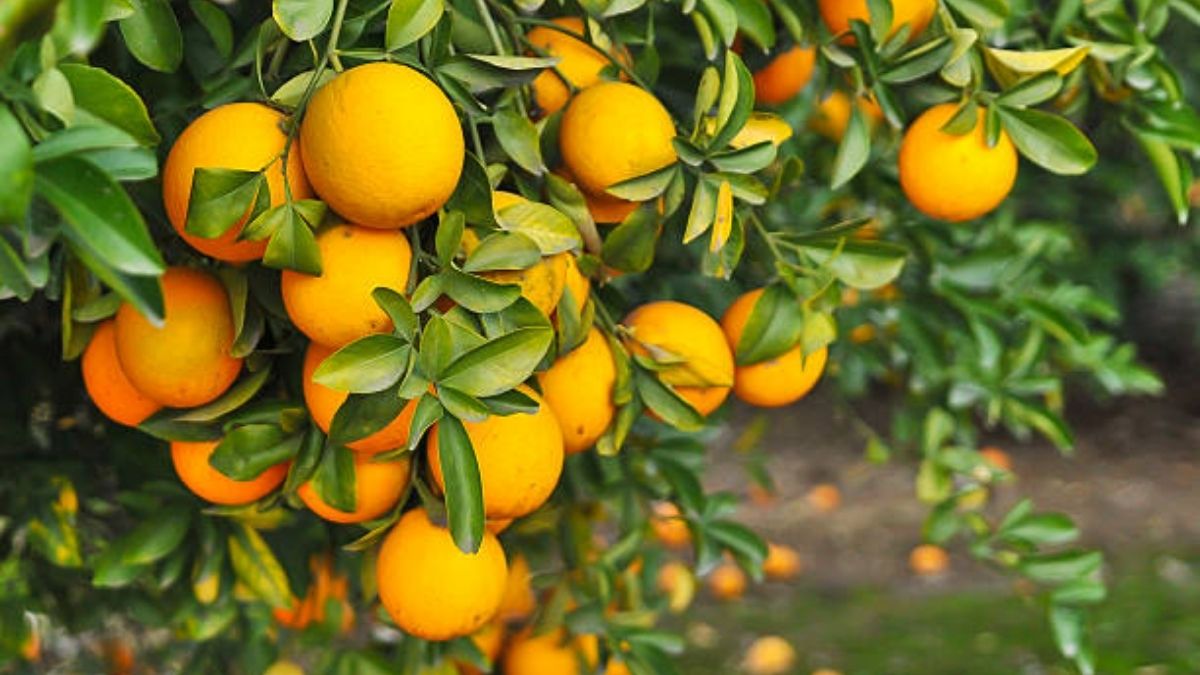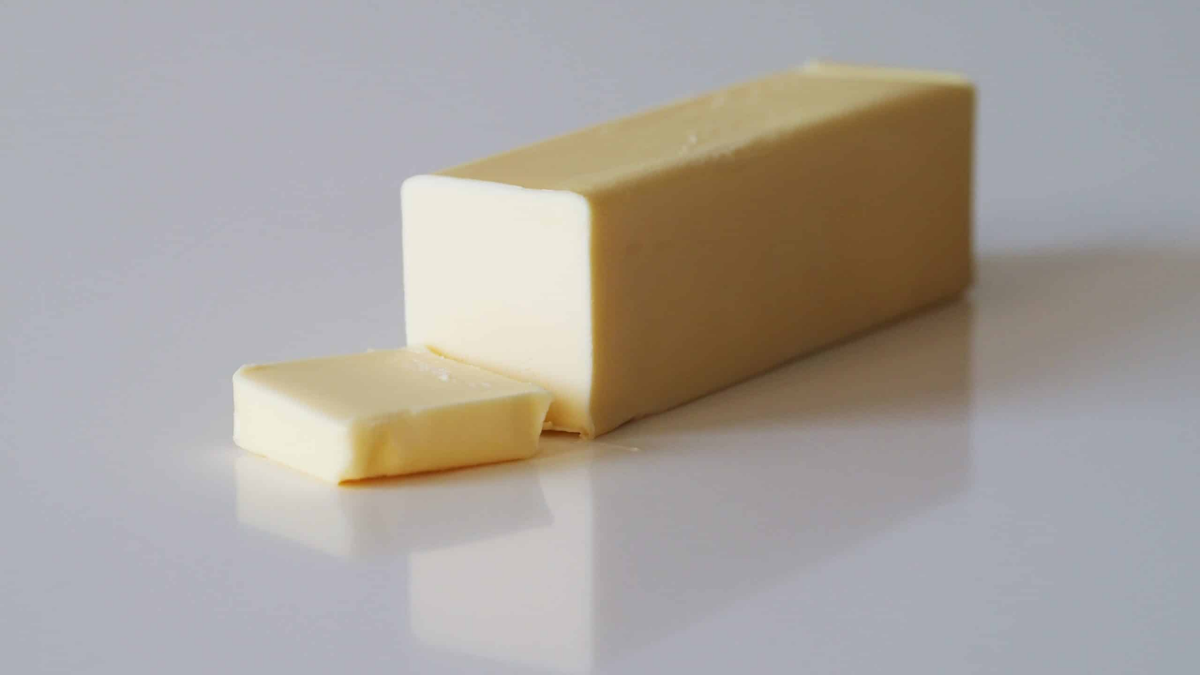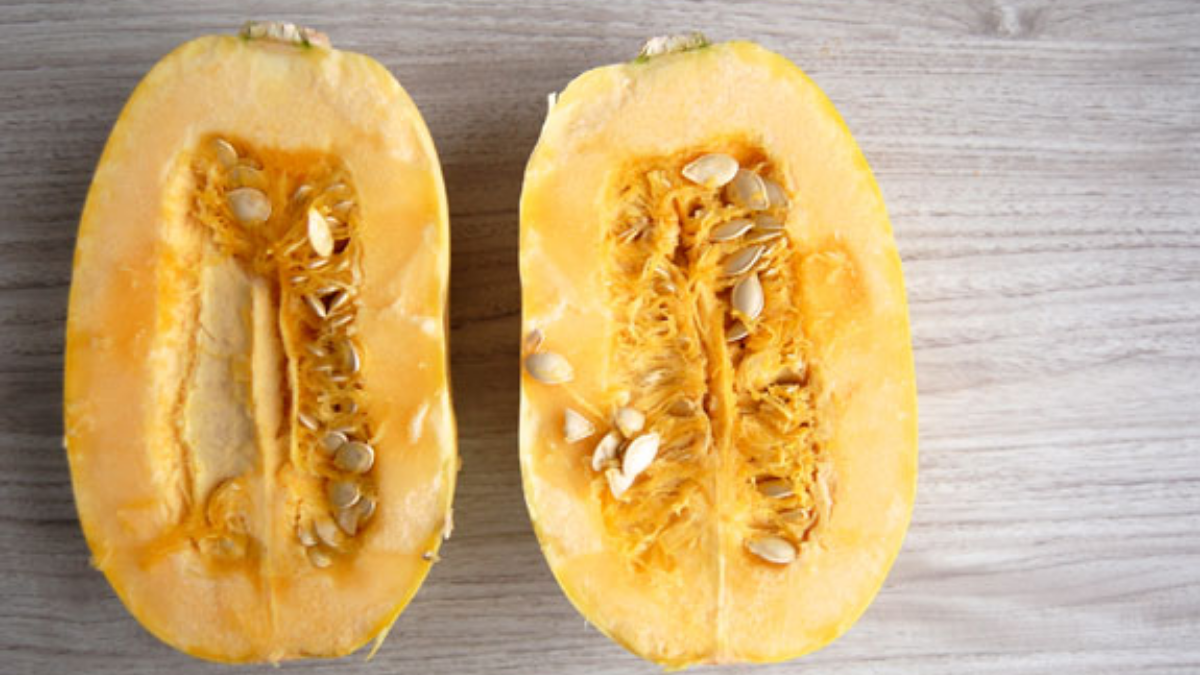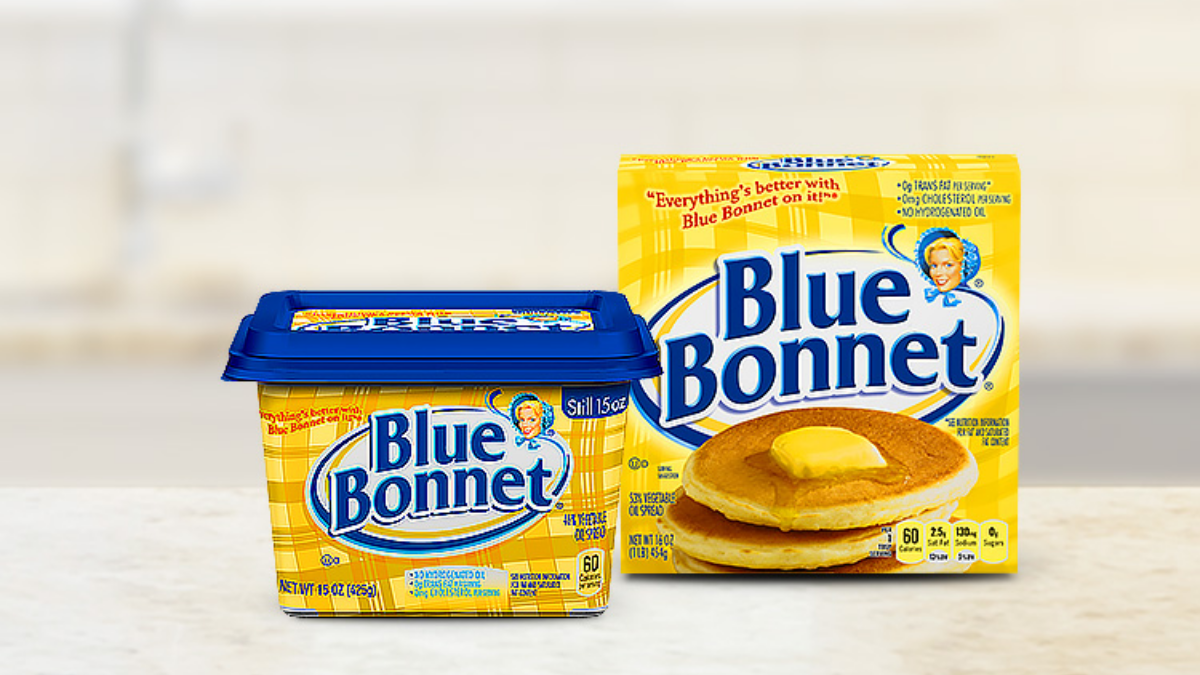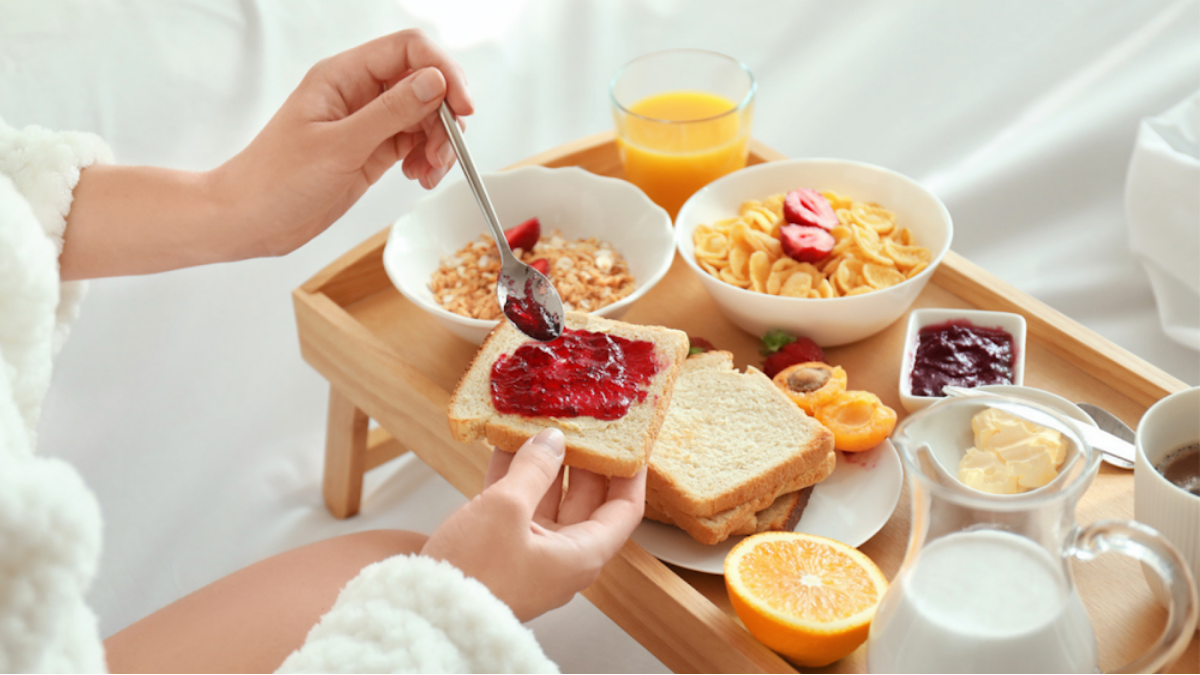How to Peel Peaches?
Begin with juicy, fresh peaches. They should be substantial for their size, with a bit of giving towards the stem (or stem end) and a peach-like aroma if you’re unsure about your abilities to select a ripe peach. Peeling whole peaches is the focus, and it’s the best way to peel more than a peach or two. If you only need to peel one or two peaches, do so after pitting and slicing them.
If you have more than a few peaches to peel, start by bringing a pot of water to a boil.
